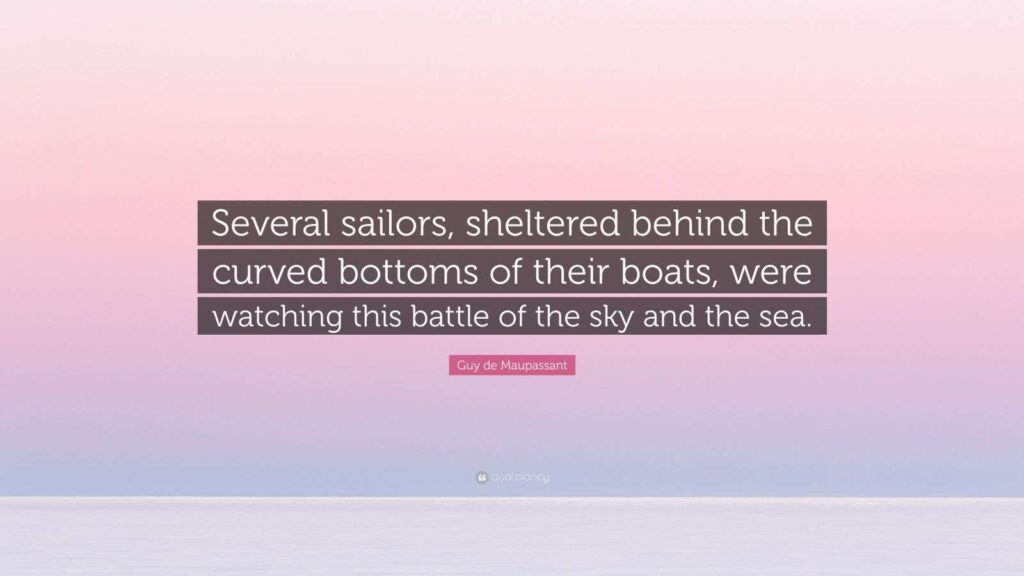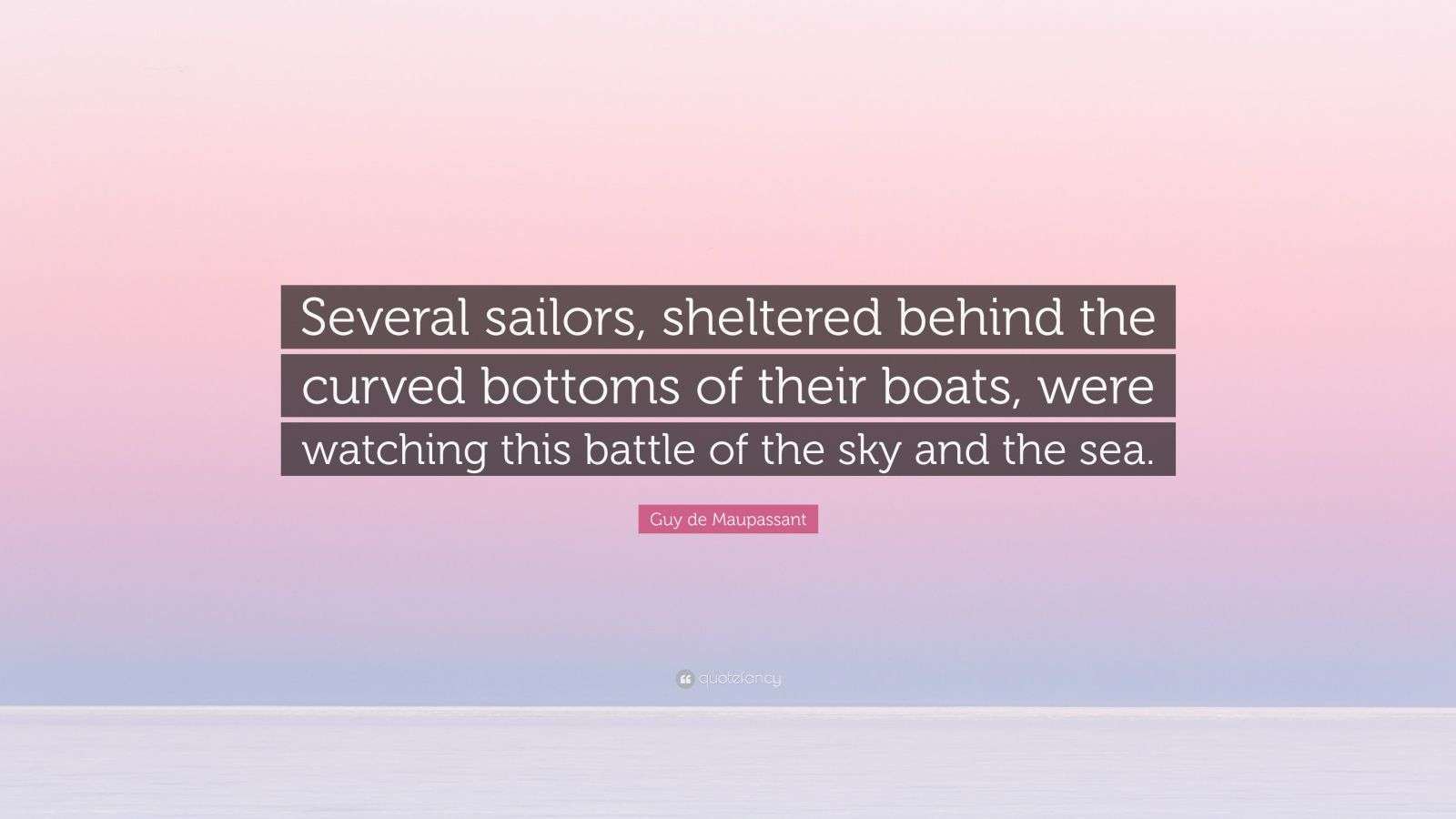
Sailors, the Sky, and the Saying: Decoding Nautical Wisdom
For centuries, sailors have looked to the sky for guidance, interpreting its ever-changing canvas to navigate the vast and often unforgiving oceans. The relationship between sailors, the sky, and age-old sayings is a rich tapestry woven with observation, experience, and a deep respect for the natural world. These nautical proverbs, passed down through generations, offer insights into weather prediction, navigation techniques, and the overall rhythm of life at sea. Understanding these sayings requires a blend of meteorological knowledge, maritime history, and an appreciation for the sailor’s reliance on the sky as their primary compass.
The Sky as a Sailor’s Guide
Before the advent of modern technology like GPS and radar, the sky was a sailor’s most crucial tool. The position of the sun, moon, and stars dictated direction, while cloud formations and atmospheric phenomena provided clues about impending weather changes. Learning to read the sky was an essential skill, and the wisdom gained was often encapsulated in memorable sayings.
Celestial Navigation
Celestial navigation relies on measuring the angles between celestial bodies and the horizon. By using a sextant and astronomical tables, sailors could determine their latitude and longitude with remarkable accuracy. This skill was honed over years of practice and a profound understanding of the movement of the stars across the sky. The saying, “Red sky at night, sailor’s delight; red sky in morning, sailor’s warning,” reflects the observation that eastward-moving weather systems often produce red skies at sunrise and sunset. [See also: The Art of Celestial Navigation]
Weather Prediction
Beyond navigation, the sky offered vital clues about approaching storms and favorable sailing conditions. Cloud formations, wind direction, and atmospheric pressure were all carefully observed. Sailors developed a keen sense for interpreting these signs and translating them into actionable strategies. A common saying, “Mackerel scales and mare’s tails make tall ships carry low sails,” warns of impending rough weather based on the appearance of specific cloud patterns. Mackerel scales refer to altocumulus clouds, while mare’s tails are cirrus clouds, both indicative of an approaching weather front.
Decoding Nautical Sayings
Nautical sayings are more than just quaint phrases; they are condensed lessons learned from years of experience at sea. Each saying often encapsulates a complex understanding of weather patterns, sea conditions, and the inherent risks of maritime travel. Deciphering these sayings requires understanding their historical context and the specific observations upon which they are based. Many sailors still rely on these age-old adages.
“Clear moon, frost soon.”
This saying highlights the relationship between clear skies and temperature drops. A clear sky allows for greater radiative cooling at night, leading to lower temperatures and the potential for frost formation. This is particularly relevant in coastal regions where sailors need to be aware of potential ice formation on decks and rigging. The sailor must be ever vigilant.
“When the wind is in the east, ’tis neither good for man nor beast.”
This saying reflects the historical observation that easterly winds often bring cold, damp weather. In many parts of the world, easterly winds are associated with continental air masses, which can be dry in summer and bitterly cold in winter. These conditions can be particularly challenging for sailors, leading to discomfort and potential health issues. Experienced sailors understood the significance of wind direction.
“A rainbow in the morning, sailors take warning; a rainbow at night is the sailors delight.”
This well-known saying connects the appearance of a rainbow with approaching or receding weather systems. A rainbow in the morning, when facing west, indicates that rain clouds are approaching from that direction. Conversely, a rainbow in the evening, when facing east, suggests that the rain clouds have passed and the weather is likely to improve. This saying is based on the prevailing west-to-east movement of weather systems in many regions. The wise sailor pays heed.
“Red sky at night, sailor’s delight; red sky in morning, sailor’s warning.”
As mentioned previously, this saying is one of the most widely recognized nautical proverbs. The red color in the sky is caused by the scattering of sunlight by dust and particles in the atmosphere. When the sky is red at sunset, it indicates that the air is clear to the west, suggesting that good weather is approaching. Conversely, a red sky at sunrise suggests that the clear air is to the east, and a weather system may be approaching from the west. This saying is a testament to the sailor’s ability to interpret atmospheric conditions. [See also: Understanding Weather Patterns at Sea]
The Enduring Relevance of Nautical Wisdom
Even in the age of sophisticated weather forecasting and satellite navigation, the wisdom embedded in nautical sayings remains relevant. These sayings offer a tangible connection to the past and a reminder of the importance of observing and understanding the natural world. For sailors, they serve as a valuable supplement to modern technology, providing a deeper appreciation for the rhythms of the sea and the ever-changing conditions of the sky. The connection between sailors and the sky is timeless. Many modern sailors still find value in these old adages, supplementing their technological tools with the accumulated wisdom of generations. The sky continues to be a source of fascination and guidance for those who venture out to sea. The words of the past still echo in the present, reminding sailors of their connection to the elements and the importance of respecting the power of nature. The sailor, the sky, and the saying are inextricably linked.
Conclusion
The relationship between sailors, the sky, and their sayings is a testament to the enduring power of observation and the importance of respecting the natural world. These nautical proverbs, passed down through generations, offer valuable insights into weather prediction, navigation techniques, and the overall rhythm of life at sea. By understanding these sayings, we can gain a deeper appreciation for the challenges and rewards of maritime travel and the profound connection between humanity and the ocean. The lessons learned by sailors of old continue to resonate today, reminding us of the importance of paying attention to the world around us and learning from the wisdom of the past. The sailor’s reliance on the sky and the truth within these sayings will endure for generations to come.

